Art lessons are misused for purposes other than creation.
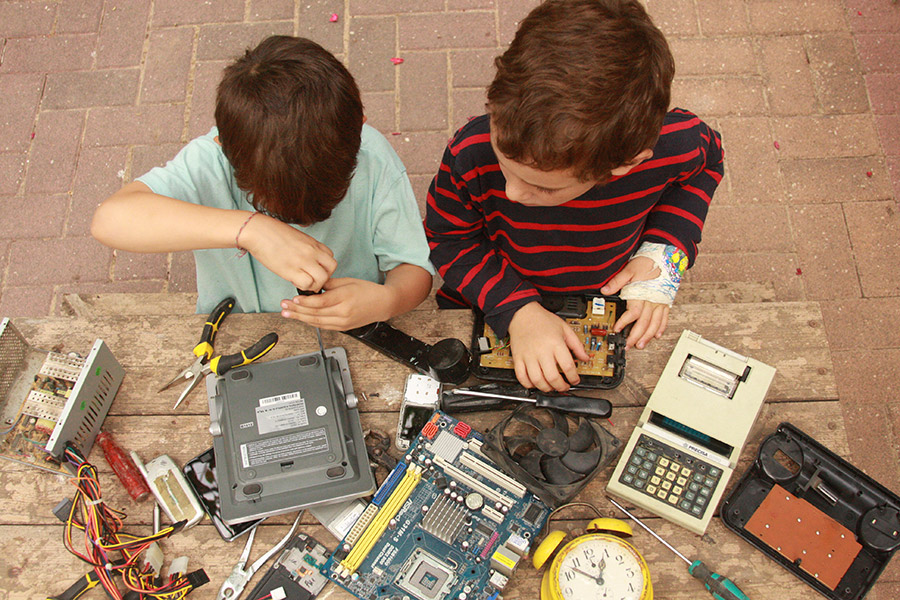
Art educators in Israel and the USA are required to use some time for matters external to art-making.
Why and how is this happening?
I will elaborate on this phenomenon in both locations.
An art teacher in Israel is expected to relate to Religious holidays. Moreover, she needs to deliver beautiful products that will decorate the school. It means that 5-7 times a year, the students experience intrusion in the flow of their personal choices and need to relate to a holiday. Moreover, many schools expect beautiful artwork.
Helit Shacham – independence day, flag colors. Natali Yanai – Hanukah – using dripping candles to work on paper. Both are reasonable interventions abstractly using materials to stay at least in the language of art.
Thus, the teacher becomes an agent for content that is outside her profession.
There is no other educator in our schools that is obliged to aid other content regularly.
What is the problem exactly?
By using the art lesson as a means of decoration, the Israeli schools indicate that the outer content [holidays, memorial days, school apearence] is more important than the natural art processes of the students.
I am relating to most public schools where each teacher is in charge of a specific topic. In democratic schools where the staff works as a team, where there is an emerging curriculum, the content and media flow organically and are a blessing.
Such intrusions will never accrue in mathematics or chemistry lessons.
They would never relate in a chemistry laboratory or the sports session to a holiday!
Why is that unique to the arts alone?
I will relate to this question after I introduce the American issue.
Learning lately about American education through the Teaching for Artistic Behavior (TAB), I notice some similarities.
I have noticed how American educators are obliged to relate to literacy as a central aim in the studio. I was told that there is a national problem concerning literacy. Thus, they too need to relate to the needs of the ministry of education.
Is this why I see so many texts on the walls, cabinets, and so many posters? Text is everywhere, many times more than the students’ artwork.
I have also noticed that many educators are asking the children to plan their art process in writing. I wonder about it.
From my decades of observations in education and art therapy, young children do not need to plan verbally or write how to make their sculptures. It is much too early. This need will be relevant in high school.
Their natural developmental learning process is by doing, making, playing, sensing, organizing. The images I will show in the post are the ones that can not be done by planning. Rather, the process and planning are interwoven. The children might reflect afterward by sharing a story, perhaps even a written one, or discuss it in the group. A child does not plan his lego construction by writing first.
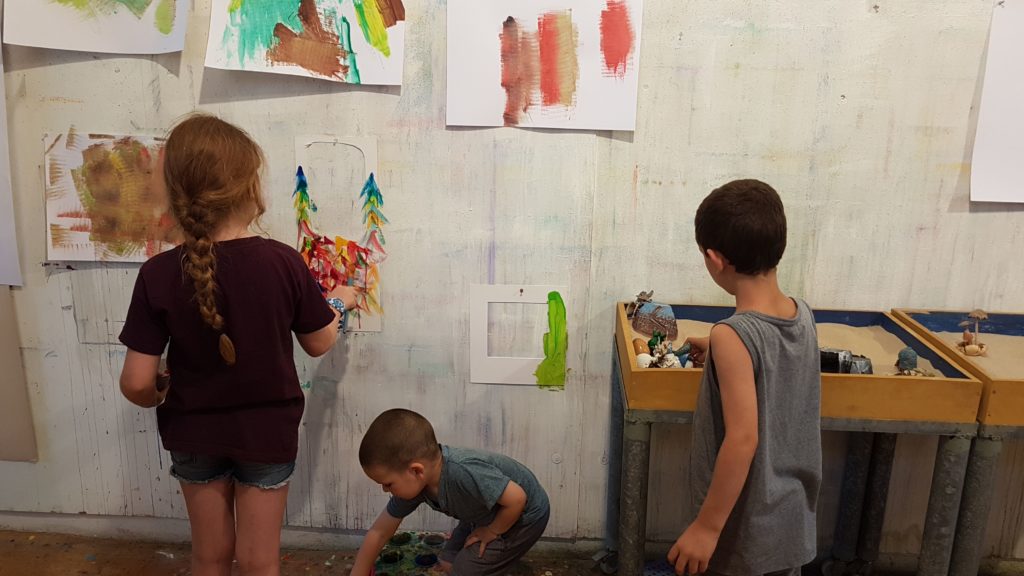
Are mathematics teachers require the students to paint a subtraction task?
Does a literature teacher demand drawings of a poem by Shakespeare?
I did meet a seven-year-old boy who desperately needed to plan his sculpture by writing about them.
It was in therapy sessions.
He was a perfectionist with low self-esteem. It took a lot of effort to release him from this controlling attitude, to feel joy by experimenting and being a child.
Most children learn through the body, in the here and now. They understand the process and develop it in time. Planning is interwoven as they go along. One action and change of material organically lead to the next one. If we observe, we learn the inner logic, patterns, and blueprint of each creator.
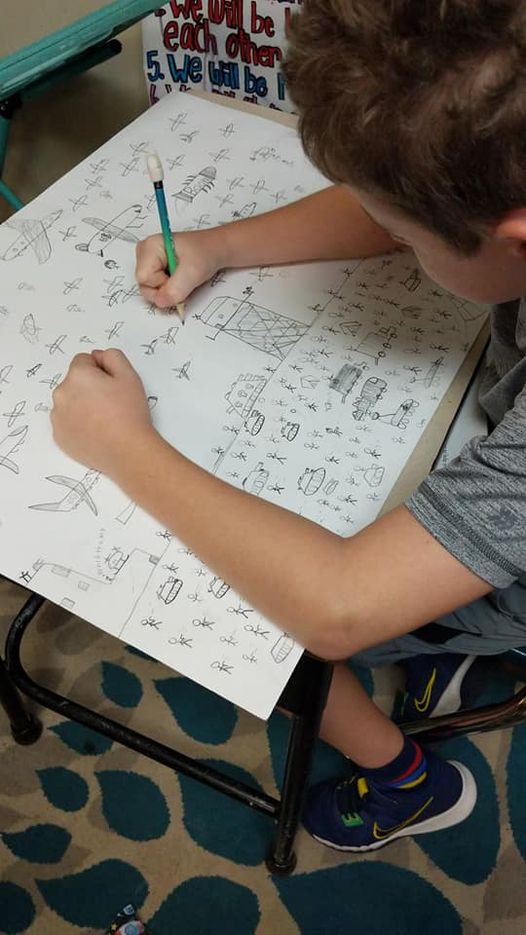
Any artistic process naturally encompasses emotional, social, technical, and cognitive learning aspects.
If you observe closely, you can document all four of them and share them with your staff. It is possible to reflect on any artistic process according to these four points!
Demanding from a young child to stop the flow of creativity and livelihood and write about it – saddens me. I can sense how the child feels the urge to squeeze the red plasticine – but he needs first to write about it – to pay a tax for his awaiting joy.
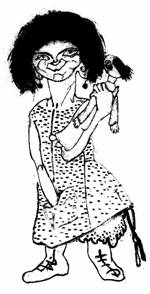
The common denominator in Israel and the USA is a lack of perceiving how deep studio life is. There is no clear understanding in our societies of how creating art is a foundation for creativity, emotional, cognitive, and social life, and mental health.
The low self-esteem of art educators is linked to it and even enhances this attitude. Math teachers, in comparison, are considered more significant in our capitalistic cultures.
In Isreal, an art teacher does not usually feel meaningful in the school team. She struggles with the budget; her studio is frequently taken away from her for setting a computer classroom.
She feels she is being used to decorate. She is not acknowledged as the math teacher unless she is outstanding charismatic, and verbally capable of teaching the staff the meaning of her work, so she engages them.
I believe that it is similar to the USA.
Thus, educators might be frustrated, passive, or shrug a shoulder and cope passively falling into the beautiful product trap by delivering nice stuff.
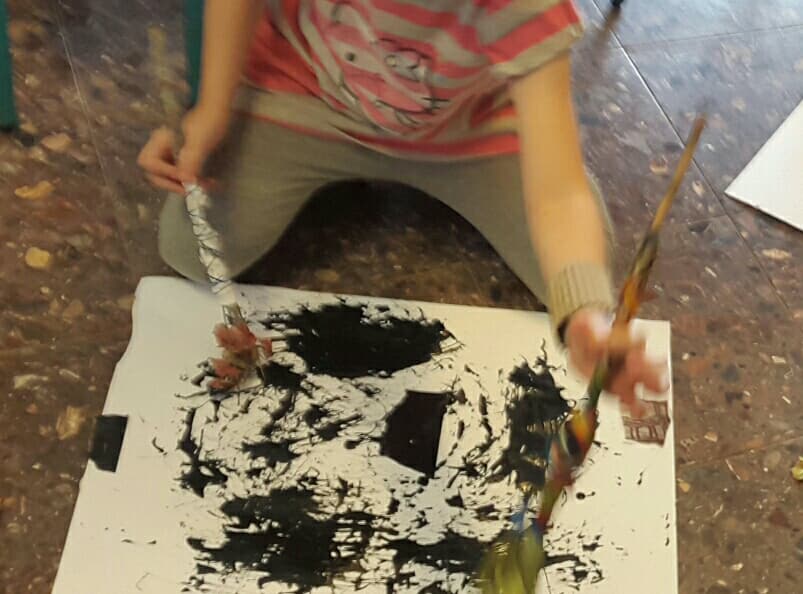
How did we get here?
Perhaps the process of learning to be a teacher was not sufficient? Maybe teachers are not taught that?
Perhaps they do not know how to translate artistic processes to words and share them with the staff and parents?
As an art educator, if you do not truly comprehend pedagogy, you cannot share it with your principal, staff, and parents. You will then ironically transform from an educator to a decorator or a person who teaches the students to make copies of things as in a factory. It is more complicated to share and assess what we are doing in the studio and how we “measure” artistic development. It is much easier doing it with math.
Art is not number-based.
For that matter, I suggested above a documenting tool I hope you try.
Nevertheless, I think literacy as a modality of expression should be an integral part of studio life.
A writing center will encourage working with words
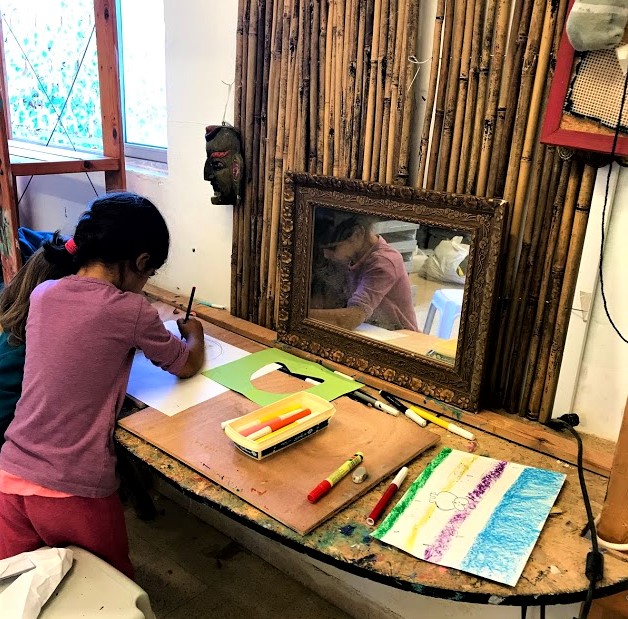
Shifting freely between modalities accrues naturally in a studio. We often suggest moving from one modality to another as a means for creativity. No wonder, as each modality activated a different place in our brain. We benefit from it greatly. As an artist, I feel a lot of joy using such shifts.
Examples of typical suggestions for students:
- Why don’t you make a sculpture inspired by the drawings you made?
- Would you like to try to draw your sculpture on large paper?
- Would you like to write a poem, a story about your painting?
Thus, rather than imposing written plans, we need an organic space in the studio for creative writing, for reading. An intimate writing table is an ongoing invitation to the aspect of expression in words.
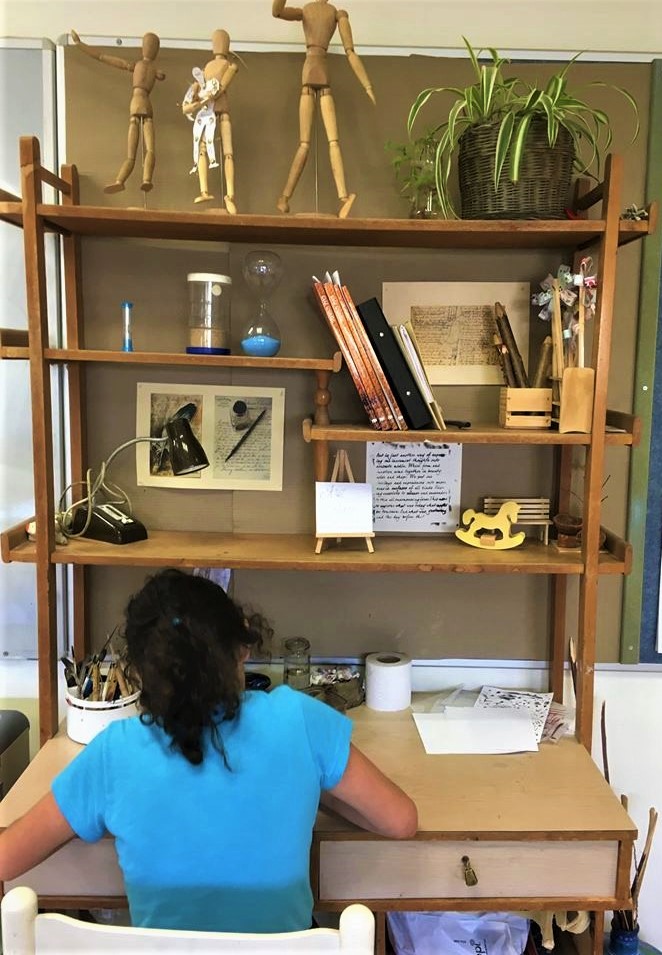
Top image, boys working by Naama Orbach
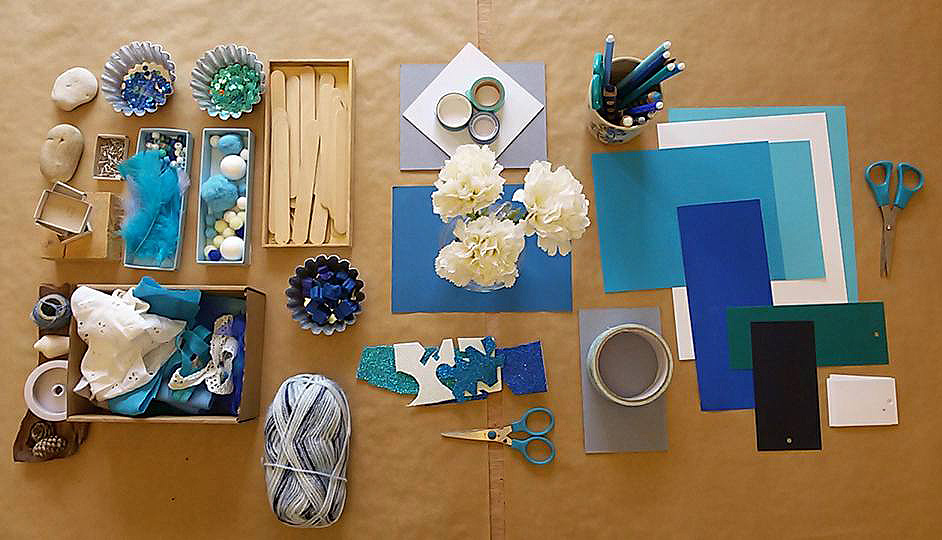
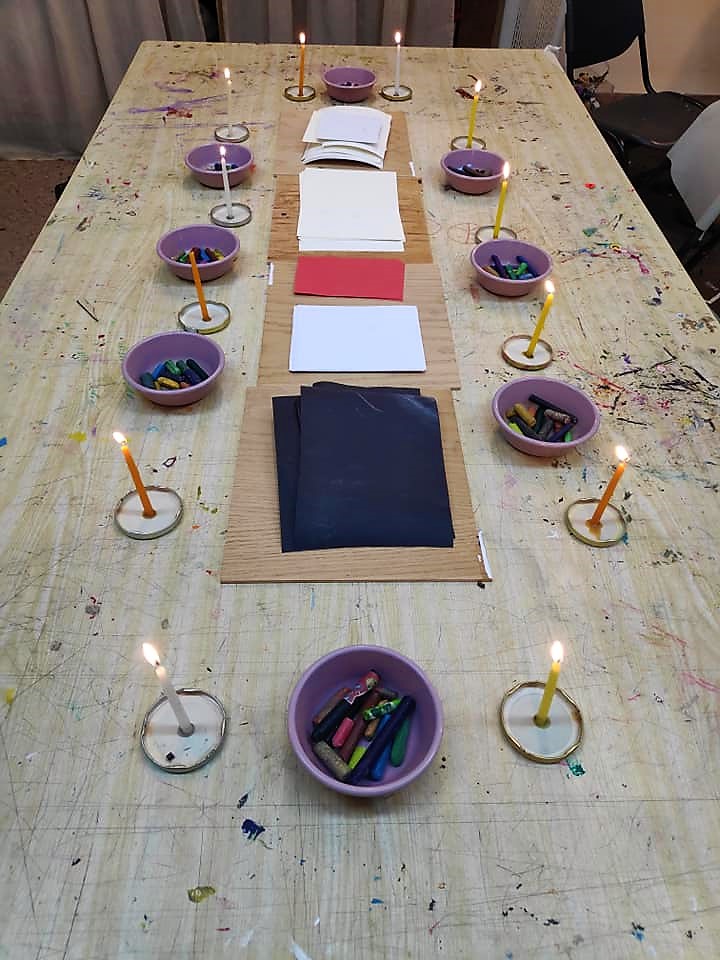
Hello Nona,
I’ve been teaching elementary for 30 years and just switched to art five years ago and then I discovered TAB. As a responsive classroom teacher I understand this social emotional curriculum is as important as the academic and the art. So I really appreciate this article.
Well, Cathy,
You now made me happy that I wrote it.
Please look at more posts here and you are welcome the share and use as you please – to make the world a better place.